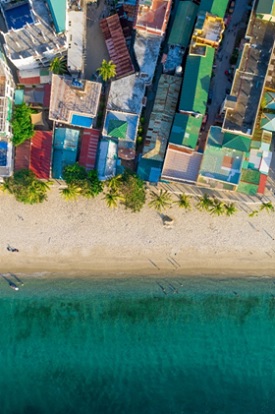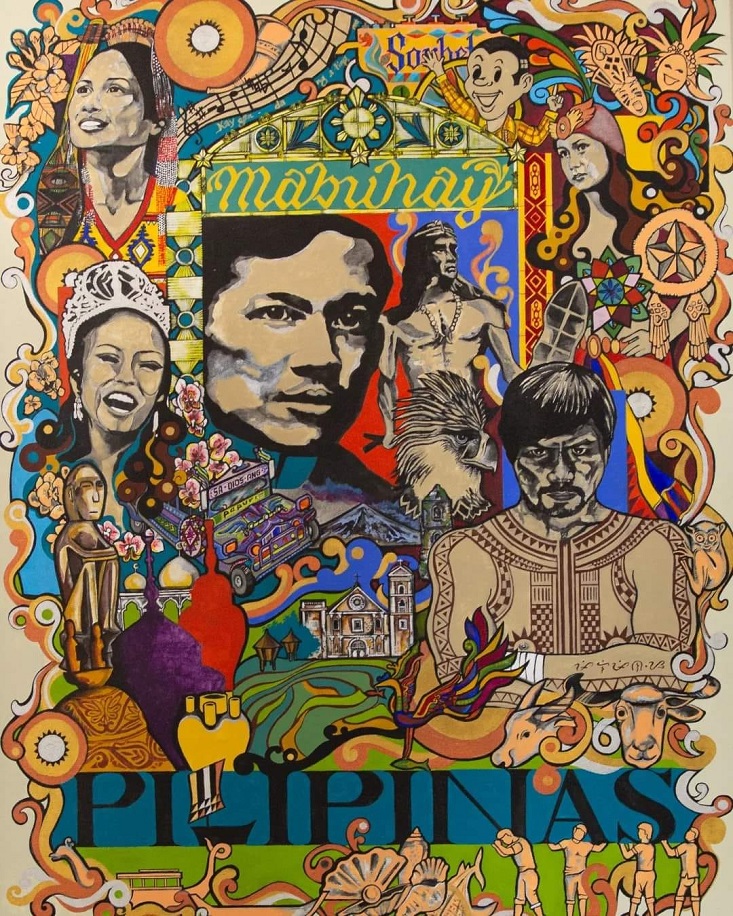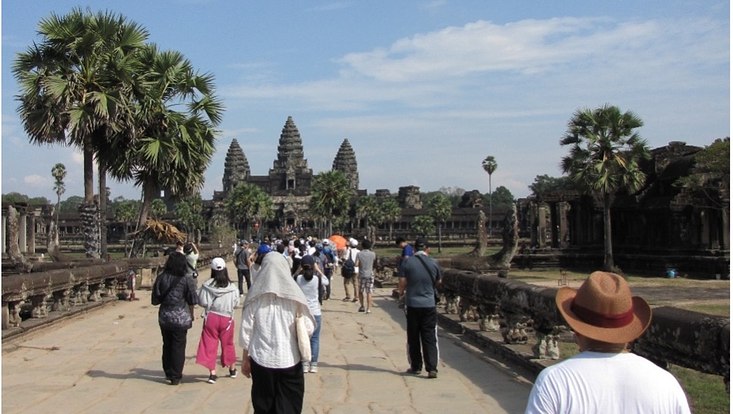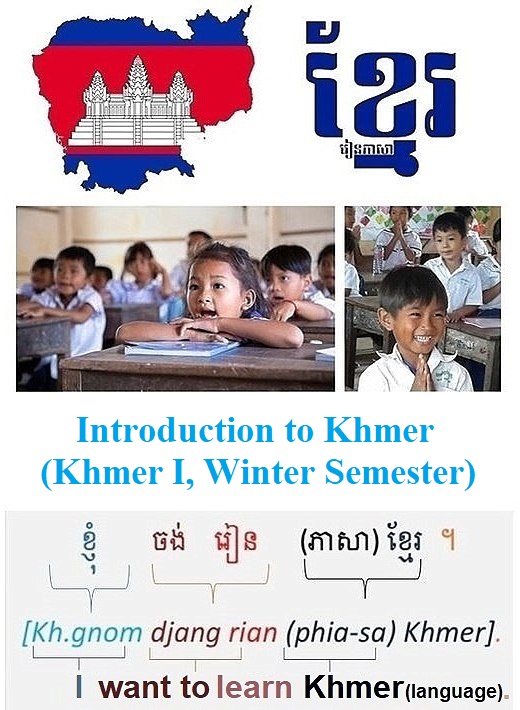Course catalogue
On this page you will find the current course catalogue and more detailed information on some of our courses. You can find previous semesters' course catalogues in our course catalogue archive. Please refer to STiNE for binding information! Please note that all information is provided without guarantee. Current changes can be found in the STiNE information. Bachelor's and Master's students must register in STiNE to participate in courses!
CURRENT COURSE CATALOGUE Winter Term 2025-2026
You can also find all our currently offered courses online in the course search of the STiNE course catalogue: In the "Course catalogue" box, select the current term (for Winter Term 2025-2026: "Winter 25/26 WiSe 25/26" = "Winter Semester 2025/26"), and in the "Org-unit" box, select "Sprachen und Kulturen Südostasiens (5705)" (= "Languages and Cultures of Souteast Asia (5705)"); after clicking on "Search", you will get an overview of all the courses offered by our department (Please note: multi-page list!). After clicking on one of these courses, you will find more detailed information about it, and if you are logged into STiNE you can register for the respective course directly from there.
Insight into courses from the current course catalogue
University College Writing Center
The courses of the University College Writing Center ("Schreibzentrum des Universitätskollegs") are intended to teach students the skills of academic writing and to assist them with it. Every semester, there are different formats to support students, such as workshops or advice.
You will find all further information about the Writing Center and its courses here.
Training Courses by the CrossAsia Specialist Information Service
CrossAsia, the specialist information service for Asia, is a portal for printed and electronic resources on East, Southeast, Central and South Asia. The portal enables students and other interested parties to access relevant resources on the subject of Asian Studies in Latin and Asian scripts centrally and free of charge.
CrossAsia regularly holds introductory events to familiarize first-time users with the portal's functionalities. More information about CrossAsia and upcoming events can be found here.






